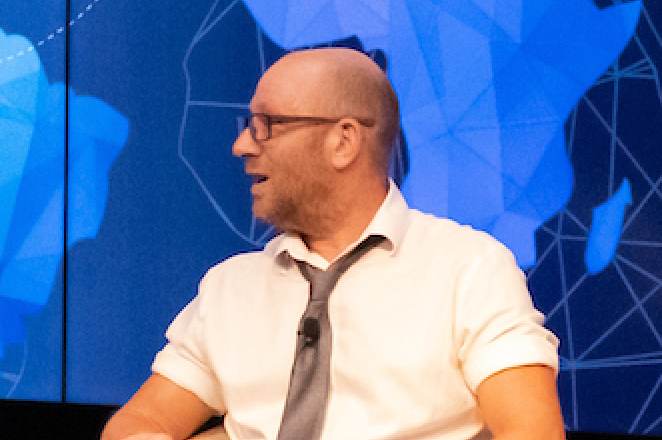Pressure on capital may intensify, particularly in retro / specialty: Johansmeyer, PCS

As the insurance-linked securities (ILS) market shifts its thoughts towards the end of year reinsurance renewal negotiations, Tom Johansmeyer, Head of PCS at Verisk believes there could be more pressure on ILS capital to come, especially in retrocession and specialty areas of the market.
Speaking with Artemis in an interview around the 2022 Monte Carlo Reinsurance Rendezvous event, Johansmeyer of PCS said that he anticipates that capital constraints will continue in some areas of the insurance-linked securities (ILS) and reinsurance marketplace.
“While tactical issues such as prior year cat loss creep, inflation, and an increased tempo in specialty losses are all important factors into the run-up to the 1/1 renewal, taken together, they represent a significant constraint on capital across all classes of business,” Johansmeyer told us.
Further explaining that, “The tightness in the property-cat retro market throughout 2022 is indicative – likewise the scarcity of specialty retro, both standalone and composite.”
Factors such as these may accentuate pressure on the market, especially towards the retrocessional end of reinsurance, Johansmeyer believes.
“As losses from the conflict in Ukraine and attendant aviation market in Russia begin to crystalize, pressure on capital is only likely to intensify.
“The slow drip of loss information so far has made it somewhat difficult to develop realistic reserves, and an increase in loss data flow should change that.
“If the loss quantum ends up exceeding PCS’s preliminary estimates from a few months ago (which seems likely), the impact could be meaningful on the 1/1 renewal,” he told Artemis.
Johansmeyer believes that data has been an issue for the market and urges participants to make use of sources that are available.
He explained that, “Reliable data is aways a problem, and it is intensified here because of the stakes, given the capital constraint factors discussed above. And it’s worsened by the slow pace of loss reporting from Ukraine, as well as the potential impact of cat loss development in light of Ukraine. Markets were already bemoaning the erosion of submission data quality a year ago, and PCS responded to more calls than ever before on benchmarking and loss estimates. Independent data made a difference in the evaluation and pricing process a year ago and throughout the renewals since.
“In addition to specialty, where there have been wildly optimistic estimates relative to independent PCS estimates, cat losses have been a problem. I’ve had several questions come in about elemental marine losses where the onshore cat loss was inadvertently presented, not to mention dated PCS estimates for onshore cat where we’d since published resurvey estimates. For loss development between PCS estimates during the renewal cycle, access to something like XactAnalysis Insights could offer a clear competitive advantage.”
Here Johansmeyer noted the experience and service his team at PCS offers and how that can support both cedents and reinsurance, or ILS markets, in better understanding loss impacts and quantum, as well as in deriving valuable insights to inform portfolio positioning.
“The PCS team has been focused on the independent data issue. So far, challenges like inflation and unexpected loss development haven’t been manageable through submission data and other native business sources. They just don’t offer enough context. The same is true of losses from the Ukraine conflict. Fragmented and uneven loss experience can lead to skewed views that ultimately risk suboptimal capital allocation,” Johansmeyer said.
Adding that, “We’ll keep doing what we’ve been doing. PCS is a unique loss reporting group in that we’ve been able to consistently and rapidly expand reporting to new markets, rather than follow innovation elsewhere.
“We have a few ideas for new independent industry-wide data solutions outside our core areas of operation that should help the ILS market gain access to new forms of original risk and drive both near-term and longer-term profitable growth while contributing to a narrowing protection gap.
“Through very close collaboration with the market, we’ve been able to identify and address areas of acute near-term need, such as marine and energy and political violence, while also investing for the long term.
“We’ve been in the cyber market for five years now, and we’ve developed a robust loss history and collection of non-loss data, such as large-limit exposures. Having been around for more than seventy years, we think in terms of decades while still executing to help our clients from one renewal to the next.”
Read all of our interviews with ILS market and reinsurance sector professionals here.







